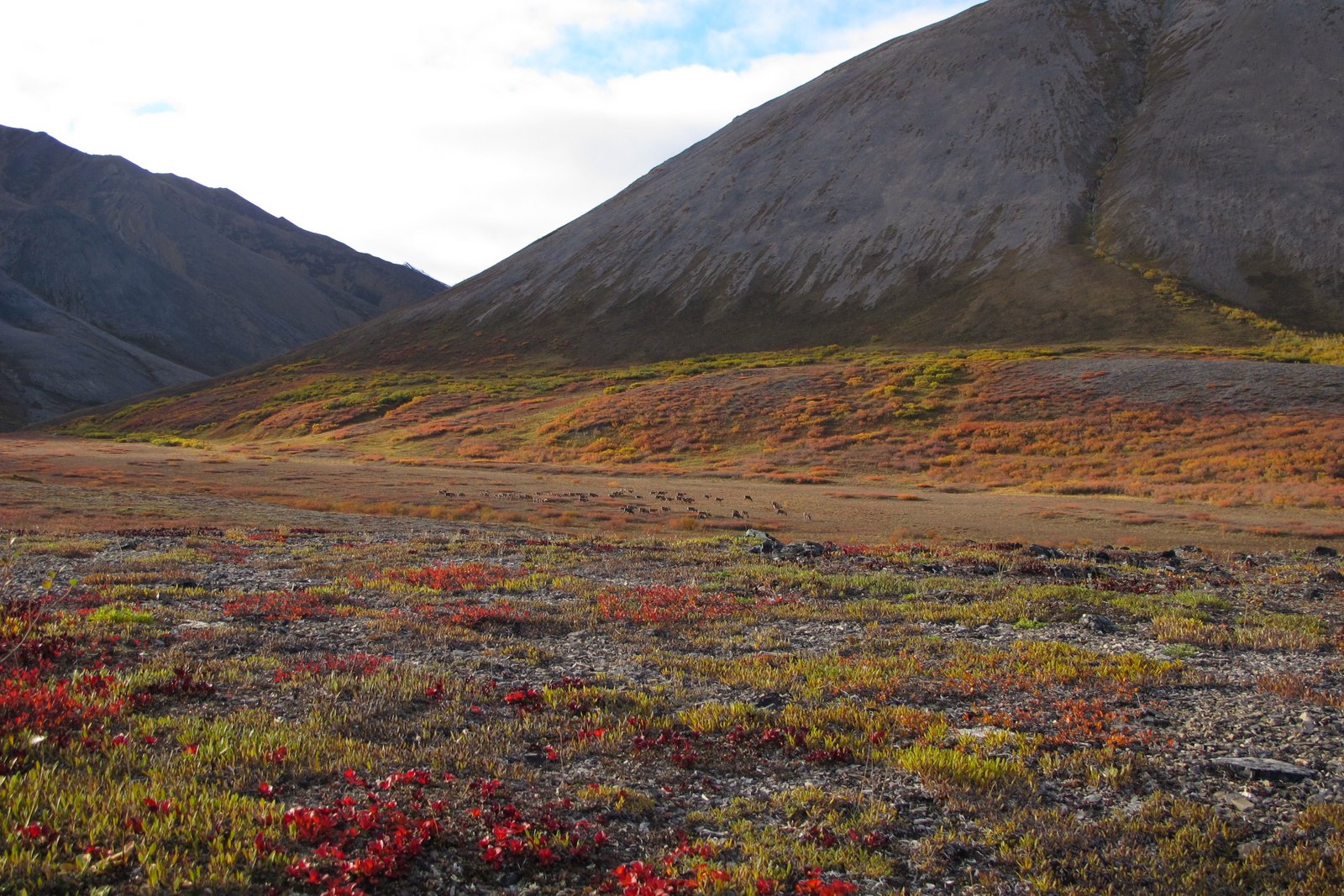A controversial road project in Alaska could become the next big Arctic battleground between preservation and development
A proposed road to prospects in the Ambler mining district has drawn outspoken supporters and critics.

In the early 1970s in Alaska, the oil industry said it needed an Arctic highway to be built alongside the proposed trans-Alaska pipeline, which would allow for transportation of supplies and access to remote sites.
The head of the Sierra Club Legal Defense Fund said at the time that the road to the Arctic coast, now known as the Dalton Highway, would be as “permanent as the pyramids,” and that it would change the character of the region forever.
There are echoes of that distant fight today in Alaska regarding the state-backed plan to build a new 210-mile (338-kilometer) Arctic highway along the foothills of the Brooks Range to the Ambler mining district in Alaska’s northwest Arctic.
[The Trump administration just pushed forward on two major Arctic Alaska development projects]
It’s a struggle between those who see the region for its resource extraction potential and those who see unrivaled opportunity in leaving the land as it is.
One big difference with the oil pipeline is that the industry financed construction of the Dalton Highway 45 years ago, while a state agency would issue revenue bonds for hundreds of millions to finance the Ambler road. The mining companies would have to agree to pay back the cost, potentially $300 million to $500 million or more, in the form of future tolls.
The one-lane gravel road would start at the Dalton Highway and provide access to potential mine sites that will never be developed without overland access. The idea is to transport ore by truck to Anchorage, and export if from there by ship.
No proposed road in Alaska has sparked as much controversy in decades as the Ambler project, pushed by those who see it as a way to access a region with the “potential to be one of the most prolific mining districts in the world.”
In presentations to investors, the mining company Trilogy Metals refers to a series of mineral prospects, spread out over a 75-mile area, as a “string of pearls” waiting to be exploited.
While business interests applaud the road for the potential to boost the economy by mining for copper, zinc, lead, cobalt and gold, critics see the road as a boondoggle that will destroy one of the great Arctic wilderness regions on the planet.
The road would be closed to the public, according to the proponents. But none of the opponents believe that the closure plans will stick, citing the opening of the road next to the trans-Alaska pipeline as the open-access example that will surely be followed in the years ahead.
[After delay, planning resumes on a controversial 200-mile road through Arctic Alaska]
A state agency called the Alaska Industrial Development and Export Authority would sell bonds to build the road, after getting commitments that the mining companies to pay back the cost over decades.
The state has spent more than $26 million on advance studies backing the road over the last decade, with more to come. About $50 million more may be needed to get to the construction stage.
The mine developers could build the road with their own money, but doing so would make the mining prospects far less attractive as an investment, which would make it that much harder to raise money to build the mines.
Opponents of the road say they see no reason why the state should be subsidizing the road.
“AIDEA is planning to throw good money after bad and, in the process, destroy one of the world’s few unspoiled landscapes,” is how John Gaedeke, one of the road’s opponents, puts it.
“The road proposal is not fiscally or environmentally responsible, nor does it reflect the region’s needs and desires. It is AIDEA stumbling ahead, blindly going down a road the state cannot afford to build, and ignoring the welfare of the Alaskan people who repeatedly say no,” he wrote recently.
Rick Van Nieuwenhuyse, former president and founder of Trilogy Metals, says the future economic potential is hard to fathom.
“Improving and investing in Alaska’s infrastructure will provide a foundation we desperately need, so that we can continue to innovate and diversify our economy, and become a leading supplier of copper and other metals and materials such as cobalt, zinc, lithium and graphite — all necessary for a clean, green energy and transportation future,” he said.
An opposing view that is often heard is that it is impossible to put a price on the value of wilderness for future generations.
The debate within Alaska shows no sign of letting up even though federal regulatory agencies are close to declaring an official road corridor.
The U.S. Bureau of Land Management is expected to issue an environmental impact statement on the road in 2020, though a court fight is likely to follow.
Dermot Cole can be reached at [email protected].